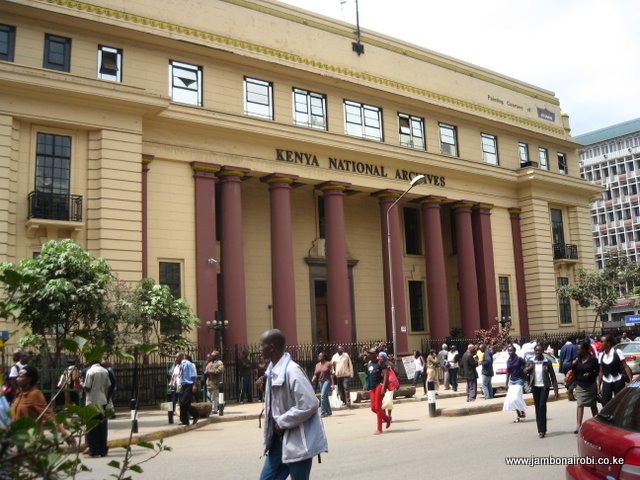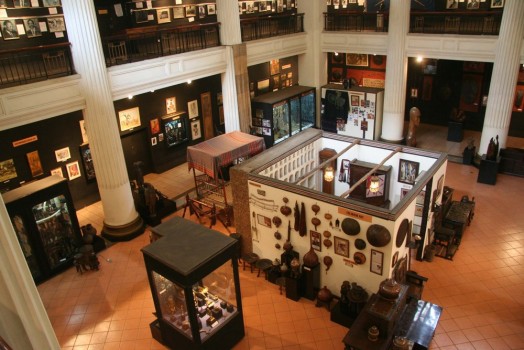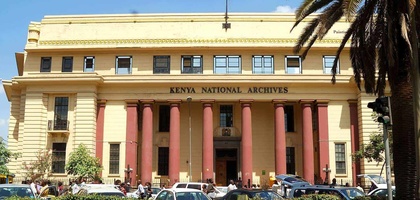The first thing someone will think about when they hear the word ‘archives is a collection of stored records. Well, Kenya has its place where all public records are kept and preserved for future references if any reflection on the past is required. So what is the Kenya Nationa; Archives?

History of Kenya National Archives
Kenya National Archives and Documentation Services (KNADS) was established in 1965 by an Act of the Parliament of Kenya. It was placed under the office of the Vice President and the Minister of Home Affairs. After amendments of the ownership, it is now under the office of the Vice-President and State Department for National Heritage and Culture.
Where is it Situated?
Locating the Kenya National Archives is the most straightforward job as it is at the edge of downtown Nairobi’s capital. As long as you are in the Central Business District, it is easier to locate the building. It has a unique old-vibe type of architecture, so it is easily spotted from afar. Let’s look at the different directions you might use depending on where you are in the capital.
- It will take you 2 minutes from Hilton Hotel.
- It is opposite Mr Price Clothing store.
- It is along Moi Avenue, next to the Ambassadeur Hotel.

The Symbolism of Kenya National Archives
The Kenya National Archives acts as the reference for all the records of events in Kenya’s history. The place symbolizes the track that reminds citizens of where the country is coming from, reflecting on past events. There are multiple records as a reference to history, making it possible for researchers to find as many details as they might please in their quest to know more about the country’s history.
Charges and Operational Hours
All citizens and residents will pay a very affordable fee of 50 Kenyan shillings to access the Kenya National Archives. In comparison, non-residents will be charged 200 Kenyan shillings for an entry to the building. The building is accessible from 8 am to 5 pm from Monday to Friday, 8 am to 12 pm on Saturdays, and closed on Sundays. The place is also closed on all public holidays.
What to Find in There
There is a lot to learn on a single trip to the Kenya National Archives, as you will be subject to multiple services. Some of the things to learn while inside include Preservation (Conservation and Repository), Services to Researchers, Audio Visual, National Documentation Service, Digitization, Visits, Microfilming, and Records Management. You will also get the chance to see publications in the form of guides, brochures, old newspapers and magazines, artifacts, and annual reports.
There’s also an art gallery and photo gallery situated on the building’s ground floor and named ‘The Murumbi Gallery’ after the second vice president of Kenya, Joseph Murumbi. It is the most extensive Pan-African art gallery in Africa, and it captures some of the rare histories of different communities and regions in the continent. The Kenya National Archives boast of its unique collections, which includes the likes of
- Microfilm
- Audiovisual
- Library
- Search room
- Explore archives

Conclusion
The Kenya National Archives is a place that is easily accessible in the CBD. It makes it easy for anyone to drop by for some insight into the past. The available records make it possible for history researchers to get reliable information on where the country is coming from and the past events that groomed us as the nation we are today. It is a worth visit to educate yourself and know more about the country at an affordable cost.
Have you been to the Kenya National Archives? What did you manage to learn during the visit? Leave a review.





